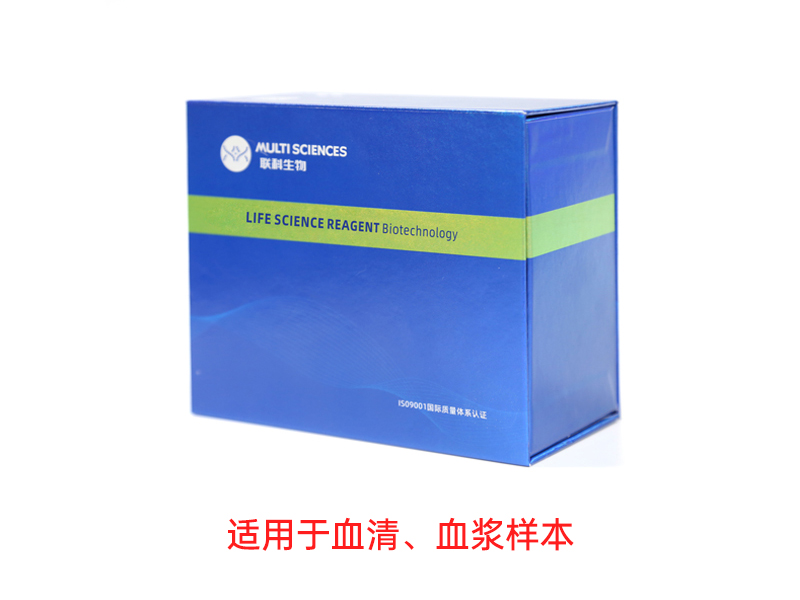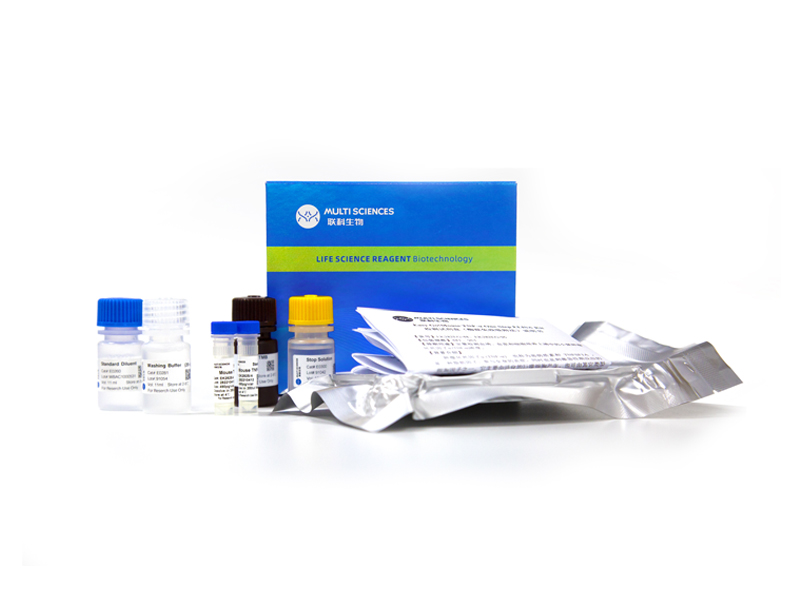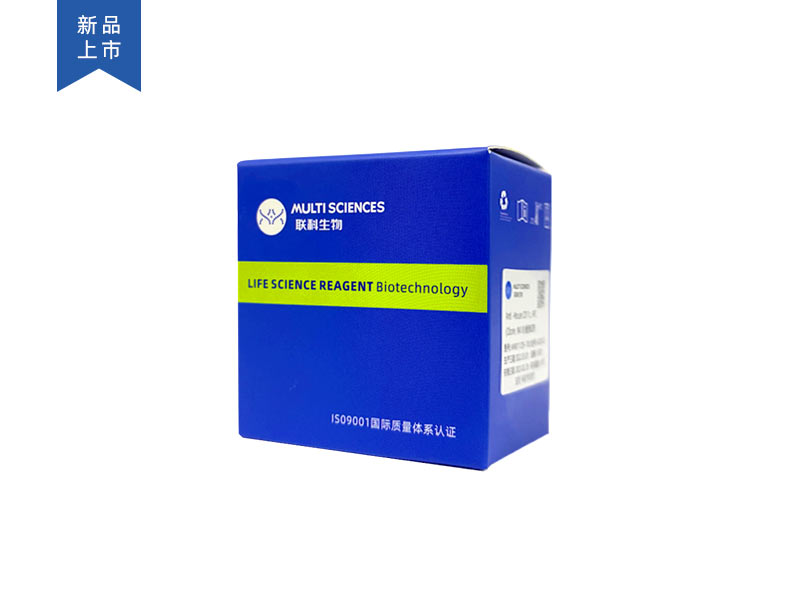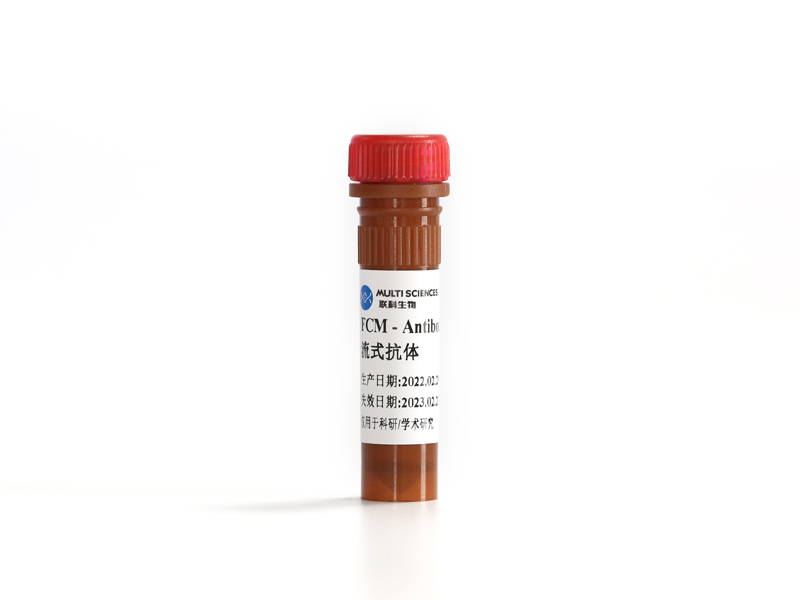Epilepsy is a chronic neurological disorder. Drug-resistant epilepsy (DRE) accounts for about one-third of epilepsy patients worldwide. Peimine, a main active component of Fritillaria, has been reported to show anti-inflammatory effects. However, its potential therapeutic role in DRE is not yet fully understood. In this work, a DRE rat model was established by injecting 1 μg kainic acid (KA), followed by a 250 mg/kg administration of valproic acid (VPA) from day 4–31. Rats were treated with different doses of peimine (2.5 mg/kg, 5 mg/kg and 10 mg/kg) daily from day 32–62. In vitro, BV-2 microglia were exposed to different doses of peimine (7.5 μg/ml, 15 μg/ml, and 30 μg/ml) in presence of LPS. The aim of this study was to investigate the potential therapeutic effects of peimine on DRE. The results showed that peimine efficiently suppressed the KA-induced epileptic behaviors of rats in a dose-dependent manner, as recorded by electroencephalography. Furthermore, peimine ameliorated hippocampal neuron injury in DRE rats, and promoted an M1-to-M2 microglial phenotype shift in a dose-dependent manner. Mechanistically, peimine inhibited the TLR4/NF-κB/HIF-1α signaling pathway both in vivo and in vitro. Additionally, peimine suppressed the apoptosis of primary neurons induced by LPS-treated microglia. In conclusion, peimine augments the microglial polarization towards an M2 phenotype by inhibiting the TLR4/NF-κB/HIF-1α signaling pathway, thereby attenuating DRE.
文章引用产品列表
-
- EK210EGA 23 Citations
- 一步法ELISA试剂盒
EasyGo!™ Mouse IL-10 One-Step ELISA Kit 检测试剂盒(酶联免疫吸附法)
- ¥2,190.00 – ¥3,650.00
-
- EK206EGA 56 Citations
- 一步法ELISA试剂盒
EasyGo!™ Mouse IL-6 One-Step ELISA Kit 检测试剂盒(酶联免疫吸附法)
- ¥2,190.00 – ¥3,650.00
-
- F3108602
- 流式抗体(新品)
Anti-Rat CD86 (B7-2), PE (Clone:24F) 流式抗体 (新品)
- ¥600.00 – ¥1,320.00
-
- EK210 486 Citations
- ELISA试剂盒
Mouse IL-10 ELISA Kit检测试剂盒(酶联免疫吸附法)
- ¥1,600.00 – ¥10,800.00
-
- EK206 1296 Citations
- ELISA试剂盒
Mouse IL-6 ELISA Kit检测试剂盒(酶联免疫吸附法)
- ¥1,600.00 – ¥10,800.00
-
- EK206HS 1080 Citations
- 高敏试剂盒
Mouse IL-6 High Sensitivity ELISA Kit检测试剂盒(酶联免疫吸附法)
- ¥2,000.00 – ¥3,400.00







